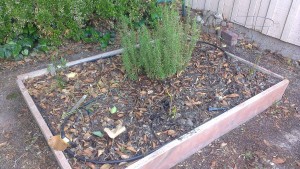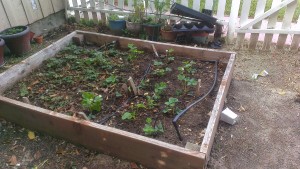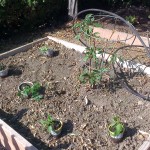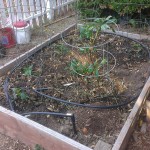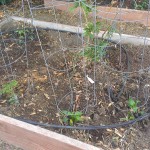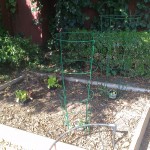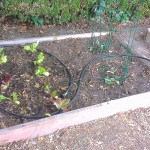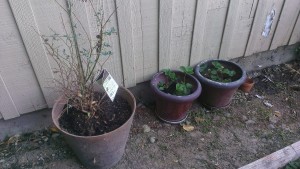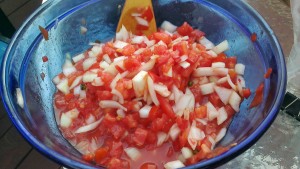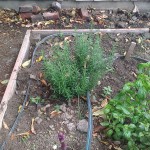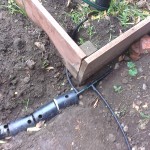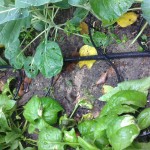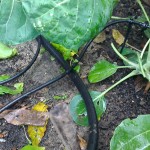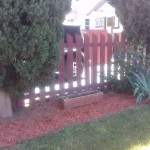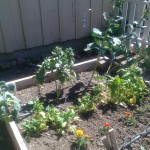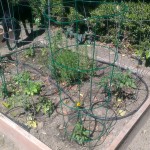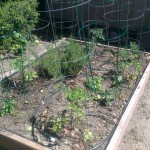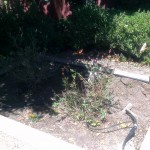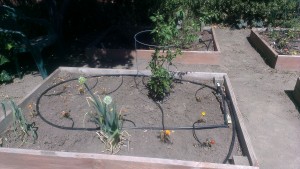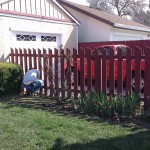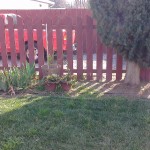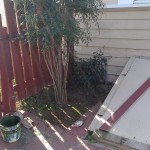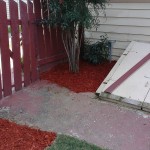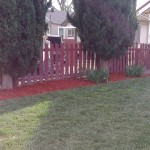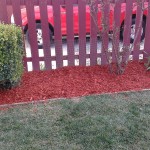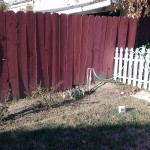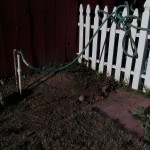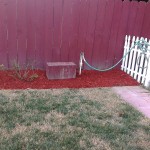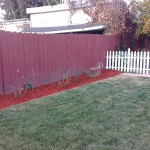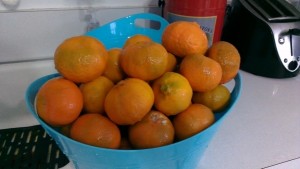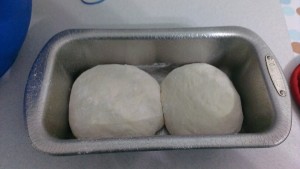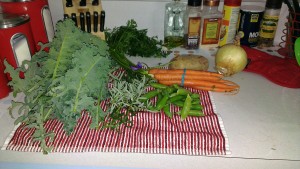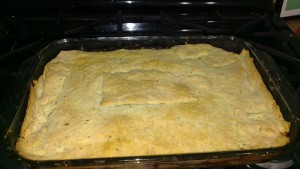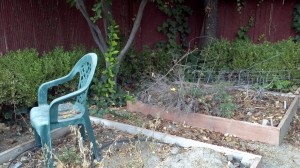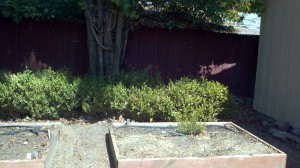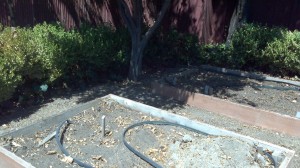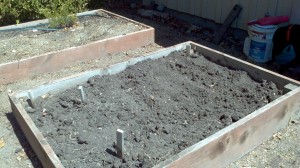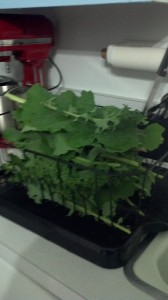Thanks to some lessons I learned with last year’s garden, I made some different choices this year.
Last year, I planted tomatoes and various peppers in the back right bed, two varieties of strawberries in the front right bed, I left blueberry bushes in the back left bed, and I planted an existing set of jalepeno plants in the front left bed. I later added a volunteer watermelon vine and a volunteer cherry tomato plant I found in the other beds.
This setup revealed a few things — The front left bed grows plants very well, but the back right bed does not. One variety of strawberries was also low yield because the berries grow close to the ground where the berries are hard to find and susceptible to pests. That variety also produced small berries that weren’t very flavorful. The other variety of strawberries, however, grows berries up above the plant leaves and produces larger, more flavorful berries. Also, the blueberry bushes never got much traction in coming back to life after I under watered them when I first planted them.
So this year, I’ve done things a bit differently. I’m leaving the back right bed basically fallow in the hopes that the compost worms I put in the ground ages ago improve the soil.
I ripped out most of the variety of strawberries I didn’t like, and planted more of the variety I did like.
In the front left bed, I planted three tomato plants and two new jalepeno plants. I also left in my existing jalepeno plant. It produces jalepenos that aren’t spicy at all, but they add a nice vegetable touch to things like breakfast eggs.
In the back left bed, I pulled out the blueberries and planted mixed lettuce and cucumbers. I’m hoping this bed is perfect for these, as it gets the least sun. Cucumbers and lettuce prefer cooler spots to grow, so hopefully the partial shade will help them thrive.
As a final touch, because I hate to give up on any plant that might still be alive, I planted the blueberry bush that’s still hanging in there in a pot. I also over bought on strawberries, so some of those went in pots as well.
That covers all the planting I’m likely to do this year. Next up — I need to adjust my irrigation for the new plant locations.

